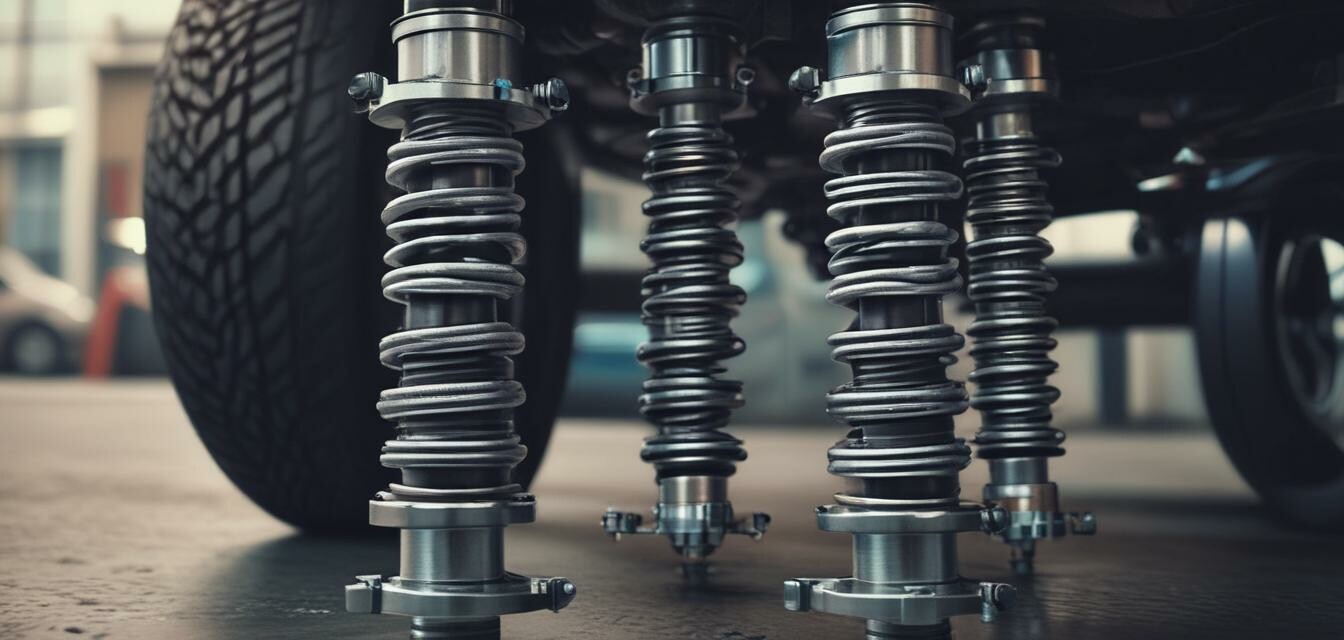
How to Maintain Your VW’s Suspension for Longevity
Key Takeaways
- Regular inspection is crucial for detecting wear and tear.
- Pay attention to common signs of suspension issues.
- Routine maintenance can extend the lifespan of your VW's suspension.
- Utilize quality parts for replacements and repairs.
- Seek professional help when necessary to avoid costly mistakes.
Maintaining your VW’s suspension system is essential for a smooth driving experience and ensuring the durability of your vehicle. The suspension system is responsible for supporting the weight of your VW, absorbing shocks, and maintaining traction on the road. In this guide, we’ll explore expert tips on maintaining your VW’s suspension and identify common signs of wear that you should watch for.
Understanding VW’s Suspension System
Your VW’s suspension system consists of several components, including:
- Shock absorbers
- Struts
- Springs
- Control arms
- Stabilizer bars
Each of these parts plays a crucial role in ensuring your vehicle handles well and maintains proper alignment. Over time, these components can experience wear and tear, leading to a decrease in performance.
Signs Your Suspension Needs Attention
Recognizing the signs of a failing suspension system can save you from further expenses and keep your VW safe. Here are some warning signs to be aware of:
- Excessive bouncing: If your vehicle bounces more than usual after hitting bumps, it could indicate worn-out shocks or struts.
- Difficulty steering: A vague steering feel or the sensation of drifting could imply suspension problems.
- Uneven tire wear: If your tires are wearing unevenly, it could be due to alignment issues caused by a faulty suspension.
- Noises while driving: Clunking or rattling noises when driving over bumps may indicate worn components.
- Body roll: If the vehicle leans excessively during turns or hard stops, it may suggest weak or worn out springs.
Routine Maintenance Tips
To ensure the longevity of your VW’s suspension, consider implementing the following maintenance routines:
1. Regular Inspections
Inspect your suspension components at least once a year or every 10,000 miles. Look for:
- Leaking shock absorbers or struts
- Damaged control arms and joints
- Corroded springs
2. Keep an Eye on Tire Health
Perform regular tire rotations and inspections. Ensure your tires are correctly inflated and have even wear patterns.
3. Maintain Proper Alignment
Have your alignment checked regularly, especially after hitting bumps or deep potholes. Proper alignment can prevent excessive wear on your suspension components.
4. Use Quality Replacement Parts
When it’s time to replace components, choose high-quality parts designed specifically for VW vehicles. This ensures reliable performance and durability.
Common Maintenance Pitfalls to Avoid
While maintaining your VW's suspension, be cautious of these common mistakes:
- Ignoring warning signs: Addressing problems early can prevent further damage.
- Using generic parts: Always opt for parts made for your specific VW model.
- Neglecting fluid checks: Some suspension systems utilize fluid, so checking levels is essential.
When to Seek Professional Help
If you are unsure about the condition of your suspension system or lack the tools necessary for inspection, consider seeking professional assistance. A qualified technician can provide a thorough evaluation and recommend any necessary repairs or adjustments.
Conclusion
Maintaining your VW’s suspension is a key aspect of vehicle upkeep. By keeping an eye on signs of wear, implementing regular maintenance, and addressing any issues promptly, you can ensure the suspension system lasts longer and performs optimally. For more information on various components and maintenance, check out our Buying Guides or explore our Suspension Systems category to find the best parts for your VW.
Pros
- Improved ride quality and handling.
- Extended lifespan of suspension components.
- Enhanced safety and performance.
Cons
- Potentially costly repairs if neglected.
- Requires time and effort for proper maintenance.
